The news that Ho Chi Minh City will expand its administrative boundaries after officially merging with Binh Duong and Ba Ria - Vung Tau has attracted the attention of tourists. Dr. Duong Duc Minh, Deputy Director of the Ho Chi Minh City Institute for Economic and Tourism Development Research, said that the city is facing the opportunity to become a creative tourism super city after the merger.
Maximize the pillars to welcome guests
According to the Ho Chi Minh City Department of Tourism , in the new space, the city integrates three pillars of urban - industrial and sea - island - resort associated with the potential, advantages and tourism resources of the localities. Specifically, Ho Chi Minh City is an urban area that strongly develops MICE tourism, urban heritage and urban culture. Binh Duong has industrial tourism, riverside ecology, and craft villages. Ba Ria - Vung Tau has strengths in high-class beach resorts, golf tourism, and health.
At the conference to summarize the program "Each district has a unique tourism product" recently organized by the Ho Chi Minh City Department of Tourism, many opinions assessed the city's outstanding tourism development potential in the coming time thanks to the expanded administrative boundaries, creating opportunities to diversify products. To do so, Ho Chi Minh City needs to innovate, exploit and connect unique products.
Ms. Nguyen Thi Thanh Thao, Head of the Department of Tourism Resource Development Planning - Ho Chi Minh City Department of Tourism, said that in nearly 5 years of implementing the program "Each district has a typical tourism product", more than 60 typical tour products in many districts in the area have been built. At the same time, Ho Chi Minh City has up to 366 destinations that are assessed to have the potential to exploit and attract tourists. With the new context, the tourism industry will review and upgrade tourism products in the direction of connection and linkage to promote existing advantages.
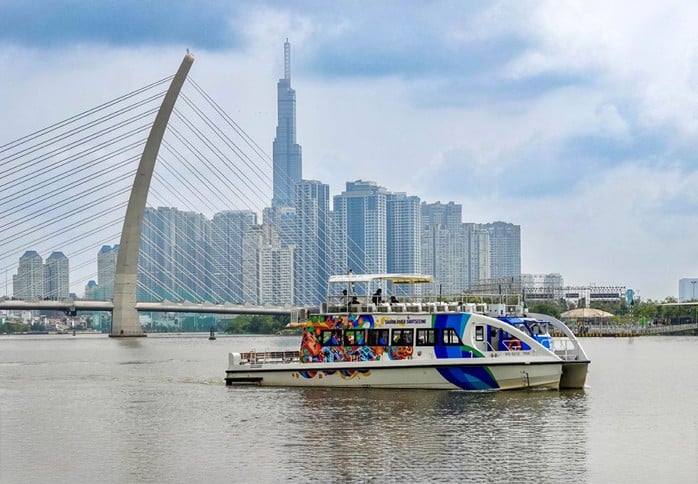
Ho Chi Minh City tourism has a chance to break through after the merger of Binh Duong and Ba Ria - Vung Tau . Photo: HOANG TRIEU
"We have discussed with Ba Ria - Vung Tau, Binh Duong and are updating the historical - cultural relics of the wards/communes, and publishing them on the new administrative destination map. After the merger, the number of local focal points that the Ho Chi Minh City tourism industry will directly coordinate is expected to be up to 168 wards/communes. To continue promoting strengths and contributing to the economic development of the city, wards and communes need to proactively review and upgrade destinations and cultural - historical relics towards meeting the standards to serve tourists" - Ms. Thao said.
Many tourism information companies are researching to build new products and tours in Ho Chi Minh City, not only inner-city tours but also typical products of the new city that will include sea and island tours and resort tourism.
Mr. Tran The Dung, General Director of Vietluxtour Travel Joint Stock Company, said that there needs to be close connections between new wards and communes. The opportunity for the city's tourism industry on a new scale is huge when domestic and international visitors not only take half-day inner-city tours, but can experience products for 2-3 days.
"Binh Duong has rarely appeared on the tourist discovery map of international visitors. Now, with the merger into Ho Chi Minh City, when building new tourism products, companies can include attractive destinations in Binh Duong in the itinerary, along with the coastal city of Vung Tau to create diverse and new itineraries for tourists. It is necessary to continue to select new attractive destinations, helping visitors explore from Cu Chi, Can Gio to Binh Duong, Vung Tau" - Mr. Dung said.
Tourism Innovation and Coordination Center
At the recent conference to review the first 6 months of business activities and deploy the business plan for the last 6 months of 2025 of Saigon Tourist Corporation (Saigontourist Group), Vice Chairman of Ho Chi Minh City People's Committee Nguyen Van Dung also raised the issue of calculating development space in the context of the city's expansion.
According to Mr. Nguyen Van Dung, Saigontourist Group needs to adjust its operating strategy appropriately; restructure and recalculate operations in the new context. Review the system so that member units can improve business efficiency, contributing to the overall development of the city. It is necessary to build a clear strategic direction for the period 2025-2030, so that the corporation can continue to promote its leading role in connecting localities, expanding the market, and promoting the image of Ho Chi Minh City and Vietnam internationally.
One of the important breakthrough solutions to turn Ho Chi Minh City into a tourism super city, according to Dr. Duong Duc Minh, is to establish the city as a center for innovating and coordinating creative tourism in the Southeast. This is a place that not only preserves and demonstrates tourism products, but also continuously generates new models, platforms and behaviors of the industry.
"To do that, the city needs to invest in creative tourism laboratories, combining technology, art, sociology and artificial intelligence. From there, build immersive experience models, virtual reality, open data and itinerary automation. Design tourism value chains associated with creative industries, green agriculture and urban logistics. Not only limiting tourism to traditional destinations, but expanding to the entire living, production and movement ecosystem of the megacity" - Dr. Duong Duc Minh said.
For example, the city can pioneer a "green logistics tourism" model - where international visitors can visit the organic food distribution system, experience the operation of a carbon-free smart warehouse. Even participate in testing AI applications in the cold chain. In Binh Duong, the tourism industry can develop "high-tech weekend agricultural tourism" to serve the market of more than 14 million inner-city residents, creating a journey of learning - playing - living green according to the multi-value integration model. Tourism is not isolated in the service industry but becomes a tool to create a lifestyle and promote a circular economic model.
"The post-merger city should not be limited to its role as a transport hub or consumer center, but should become a launching pad for ideas, a value network and a creative living space for the entire region. At this time, tourism is no longer a supporting industry but the main means to build communities, connect people and spread regional identity in the most sustainable and vibrant way," Mr. Minh suggested.
Must upgrade attractions
Ms. Bui Thi Ngoc Hieu, Deputy Director of the Ho Chi Minh City Department of Tourism, said that wards/communes need to prioritize investment, renovation, repair, and upgrading of tourist attractions to meet standards to serve tourists in order to maintain the products that have been formed over the past time. Conduct specific surveys and have a roadmap to promote investment in the construction of technical infrastructure projects connecting road, waterway, public transport, and water ports associated with the goal of exploiting tours and tourist destinations. It is necessary to coordinate with businesses, destinations, and services to build inter-ward/commune products in the direction of linking historical and cultural stories about the place names of the new administrative unit.
Source: https://nld.com.vn/du-lich-tp-hcm-don-co-hoi-moi-196250613221222258.htm










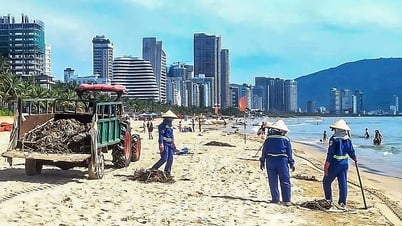
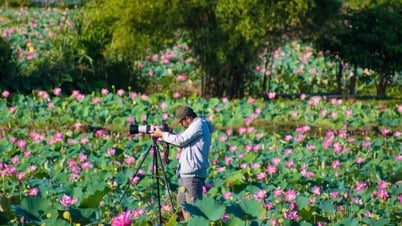



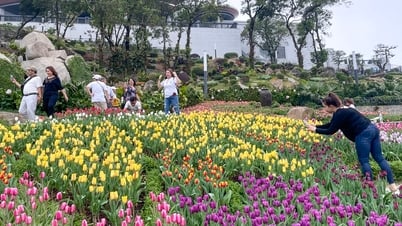
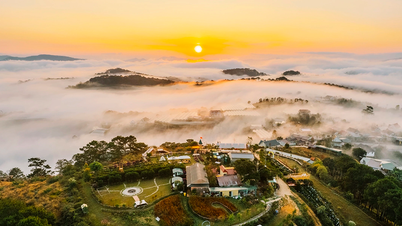






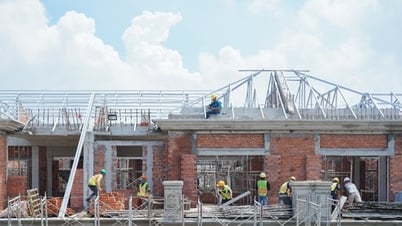

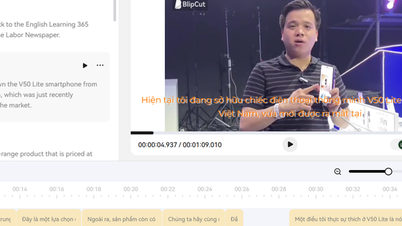
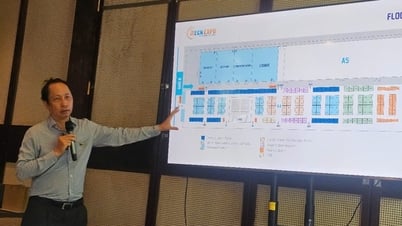























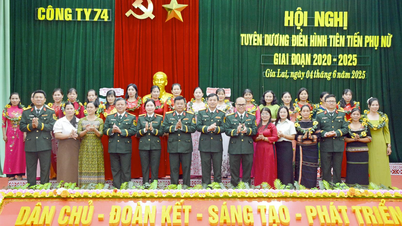




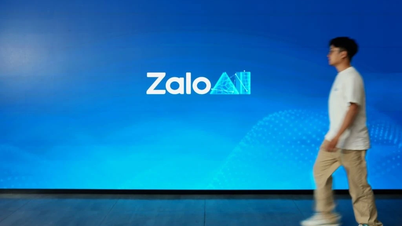

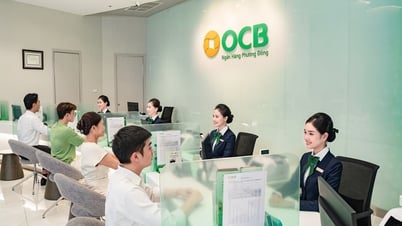










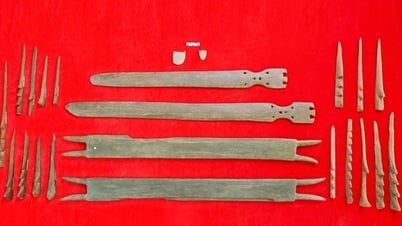

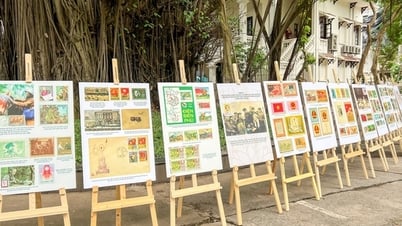
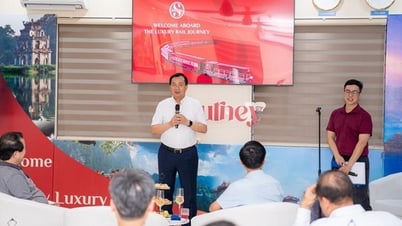

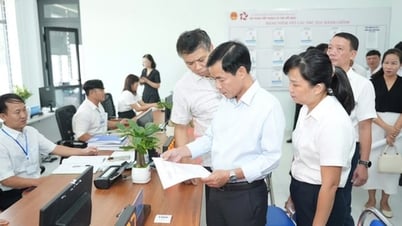

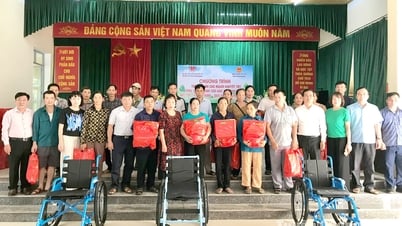



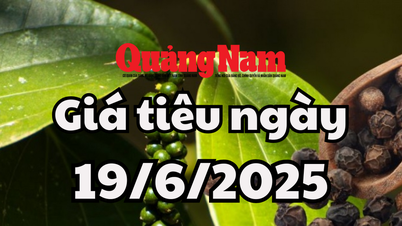
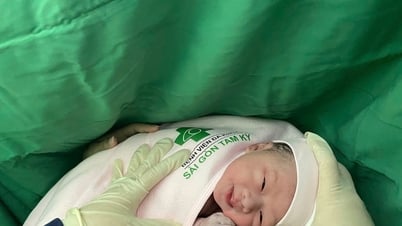
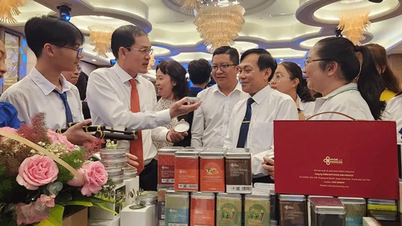













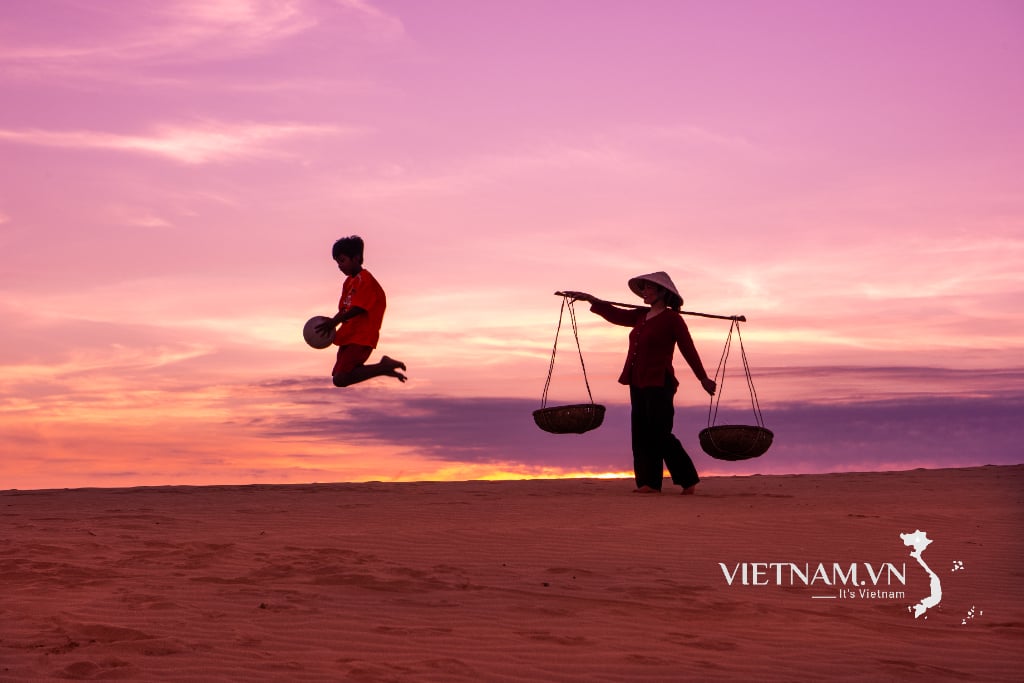
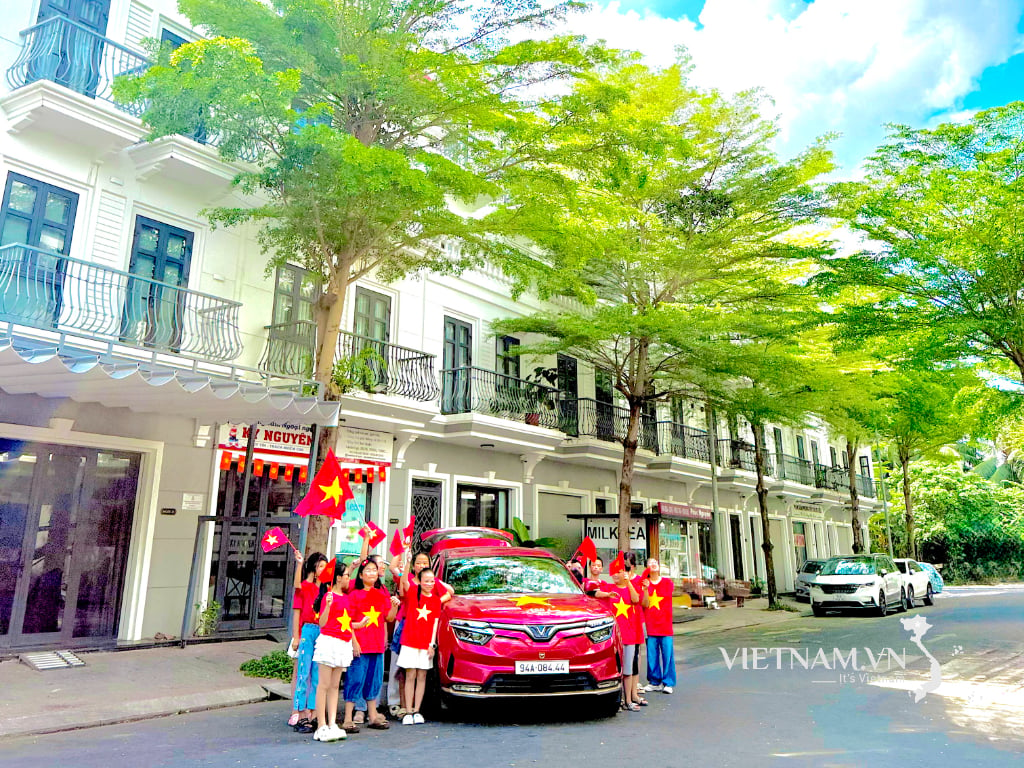
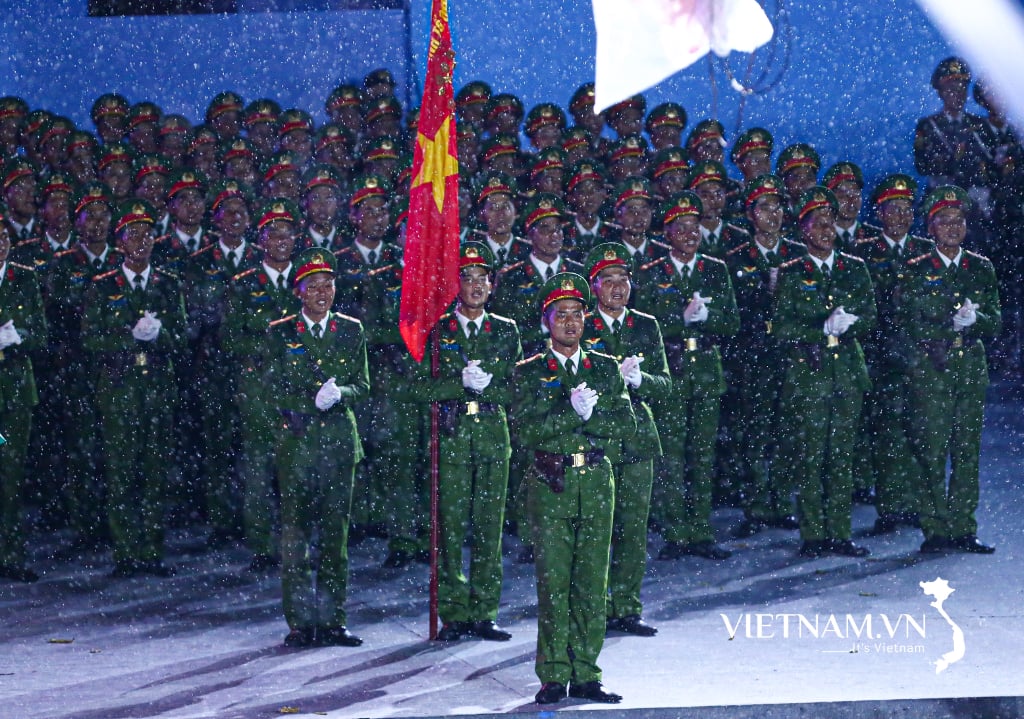
Comment (0)